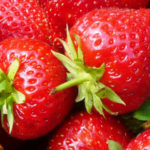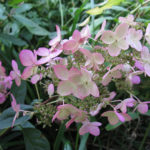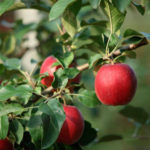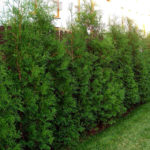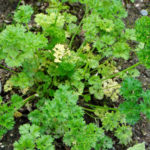Pear variety Theme
The theme is a pear with fruits of an early autumn ripening period, bred in 1909 in the city of Khabarovsk through pollination of the flowers of the Baltic variety Finlyandskaya yellow with pollen from the Ussuri pear. The author of the variety: A.M. Lukashov. In 1917, the first fruiting of hybrid seedlings was recorded. Subsequently, 4 new varieties were allocated from this hybrid family - Lida, Olga, Polya and Tema. Under the collective name "lukashovka", these varieties formed the basis of the cultivated pear in the Far East. In 1947, the theme pear was transferred to the State test and in the same year it was zoned in the West Siberian (Omsk Region, Altai Territory) and Far Eastern (Sakhalin Region, Primorsky and Khabarovsk Territories) regions.
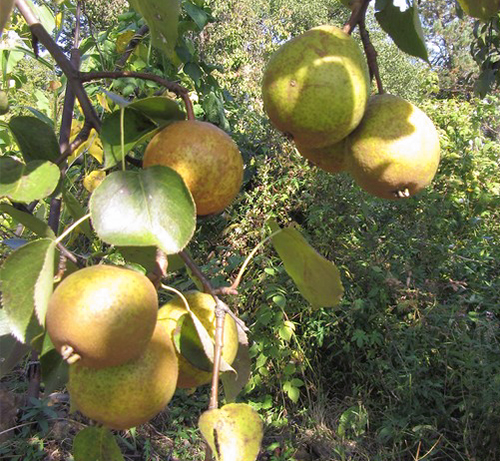
Of all the above 4 varieties, Tema is the largest-fruited and occupies a leading position in prevalence: it is actively cultivated in the Primorsky and Khabarovsk territories, in the southern part of the Amur and Sakhalin regions, as well as in the Jewish Autonomous Region. In stanza form, this pear is bred along the route of the Baikal-Amur Mainline to Komsomolsk-on-Amur, in the northern regions of the Amur Region and the Khabarovsk Territory. An insignificant share of plantings falls on collective gardens located in the lower reaches of the Amur and the Okhotsk coast. Outside the Far East, plantings of this variety are found in Western and Eastern Siberia, Transbaikalia, as well as in the Altai Territory to the Trans-Urals.
In the Primorsky and Khabarovsk Territories, in fruit and vegetable farms and fruit nursery orchards, the share of "Lukashovka" (including Tema) previously accounted for up to 50% of all hearth crops. The largest plantations are still concentrated in the Khabarovsk and Primorsky Territories. In the collective gardens of city dwellers and in the backyard gardens of the rural population, “lukashovka” also prevails everywhere.
The trees are vigorous, with fast growth rates, and reach large sizes. The crown is often spreading, medium thickened, wide, round-pyramidal in shape. Skeletal branches are characterized by whorled discharge relative to the trunk (that is, several branches depart from one point in different directions at once, such points are called "whorls", more simply - nodes) at an acute angle. On the trunk and skeletal branches of the crown with peeling, brown color.
Shoots are well developed, straight, brownish-green in color. The buds are slightly protruding, rounded; the formation of fruit buds occurs on annual growths in the form of simple ringlets and spears. On annual shoots, leaves are ovoid, with an almost wedge-shaped, pointed apex; the leaf blade has a slightly curved shape and a rounded base. The edges of the leaves are finely serrated. The upper side of the leaves with a glossy sheen, painted in dark green, the lower side - light greenish color, with slight pubescence on the central vein. Petioles are thin, long, fleecy.
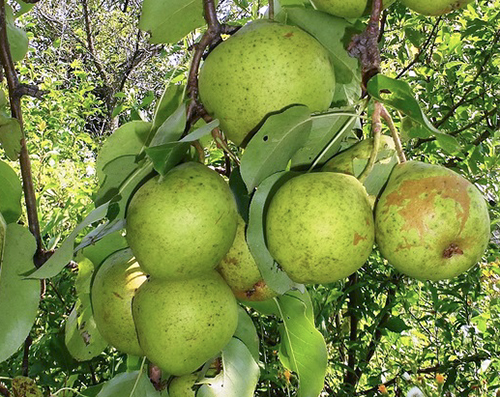
Flowers are medium in size, monochromatic, white; column of pistils stuck together at the base, located below the level of anthers, colored brown. Pedicels are medium in thickness, long, with slight pubescence.
Among the “lukashovka” fruits of the Tema variety are of the largest size: medium and large. Pears harvested from young trees weigh an average of 150-200 g; at the time of mass fruiting, the fruits become somewhat smaller, their average weight is 110 - 130 g; the largest specimens can reach 350 - 400 g. In shape, the fruits are wide pear-shaped, slightly unequal. The main color is light yellow, the integumentary color is formed on the sunny side in the form of a dull, weak streaky orange-red blush. The skin is smooth, matte, slightly rough, with numerous, dark subcutaneous punctures. Slightly curved peduncles, thick, rather long (2 - 4 cm), often oblique. The funnel is shallow, narrow, ribbed, formed by unequal protrusions. The saucer is small. Open cup. The heart is upper, small in size, sharply outlined, fusiform.Seed chambers of a closed type. Seeds are medium, ovoid, light brown.
The pulp is fine-grained, white in color, medium density, loose consistency, juicy, satisfactory sweet-sour taste with astringency, slightly astringent, very aromatic. According to the chemical composition, the fruits of Themes contain: the sum of sugars (10.9%), titratable acids (1.0%), tannins (0.6%), pectin substances (0.3%), ascorbic acid (19.5 mg / 100 g).
The period of removable fruit ripeness falls in the first ten days of September. In the conditions of Khabarovsk, the fruits ripen in early September; in Krasnoyarsk, the harvest is carried out around September 10; in Chelyabinsk, fruits ripen in the first half of August. Ripe pears tend to shatter heavily, especially during the stormy winds during the monsoon season.
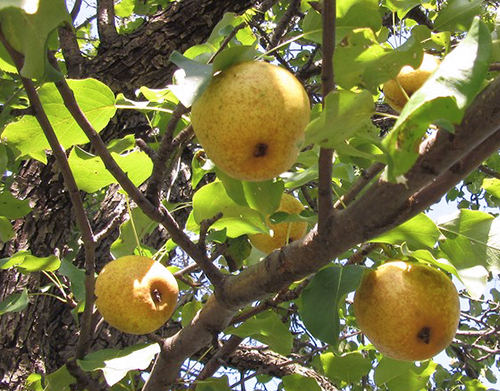
The period of consumer maturity begins after 3 - 5 days of maturation, the fresh storage period usually does not exceed 20 days. However, in storage conditions when creating an artificial climate, the fruits are stored for about 2 months. Pears are used mainly for fresh consumption, but also compotes, juices, jam, fruit wine can be prepared from the fruits of this variety, pickling and lobes are allowed. The general level of marketability of fruits reaches 90% (including 50% for the first grade).
The topic relates to self-fertile pears. The best pollinators for her can be varieties: Olga, Polya, Palmira.
At the time of fruiting, trees enter 3 - 4 years after grafting, the period of full fruiting begins at 6 - 8 years. Fruiting is stable, annual. Productivity is at an average level: in commercial orchards with a large area - 120 c / ha, the maximum rate is 260 c / ha. In the conditions of the fruit and berry nursery them. Lukashov for a 32-year observation period (the age of trees from 5 to 37 years), the total yield from a tree was 2362 kg of fruits.
Winter hardiness and burn resistance of the variety are at a high level, subject to an elevated location. But trees growing on low drainless plains are prone to freezing. Scab resistance is high. However, trees can be damaged by moth and moth.
The main advantages of the topic pear include: a relatively high level of winter hardiness and burn resistance, a rather large size of fruits for Siberia and the Far East, high marketability of fruits, annual fruiting, relatively high productivity, good resistance to waterlogging and lack of moisture in the soil.
Among the disadvantages are: the mediocre taste of the fruits, a short period of fresh storage, the tendency of ripe fruits to shedding.
This variety is often used in breeding work in terms of winter hardiness, yield and fruit size, not only in the Far East, but also beyond it in the new northern zones of horticulture.

